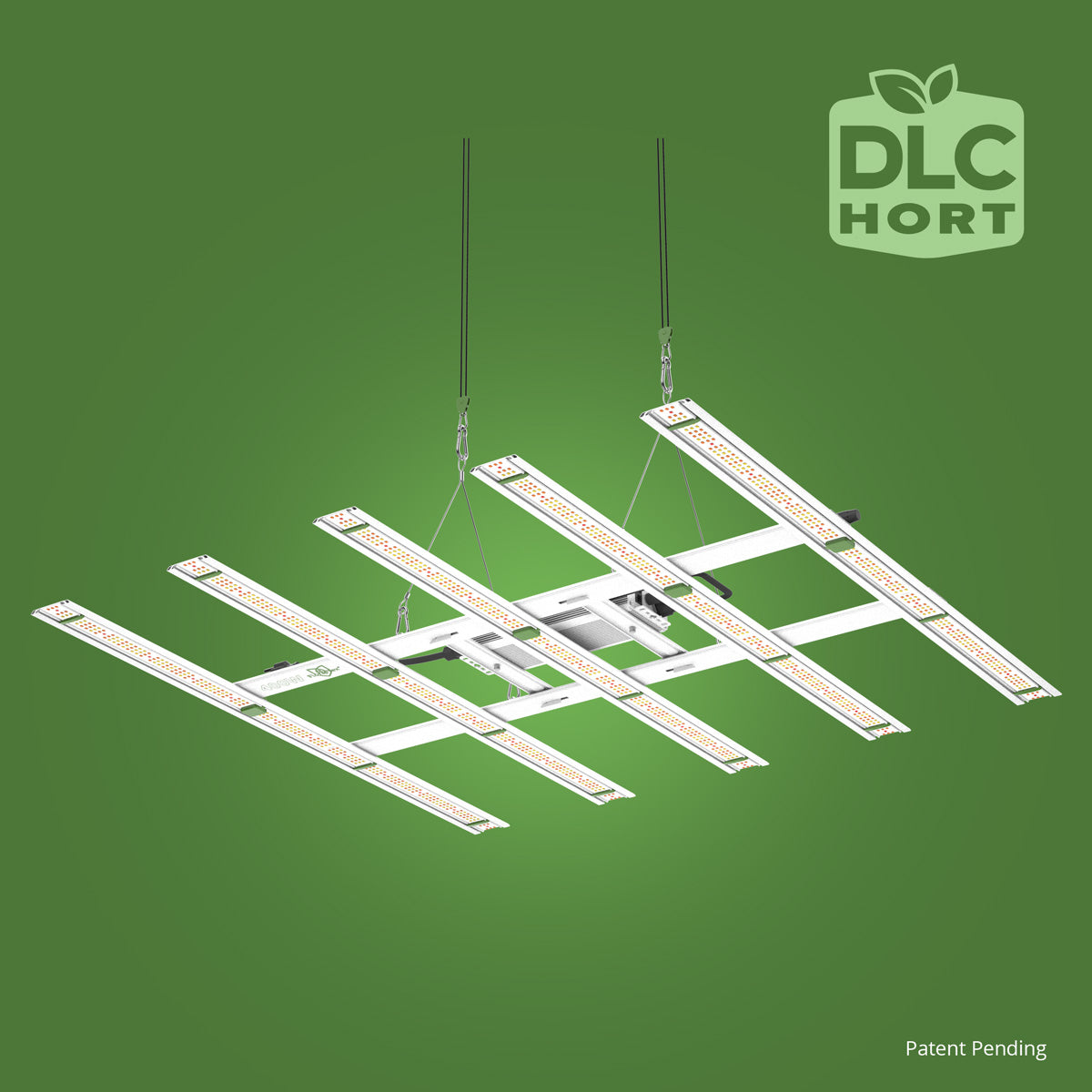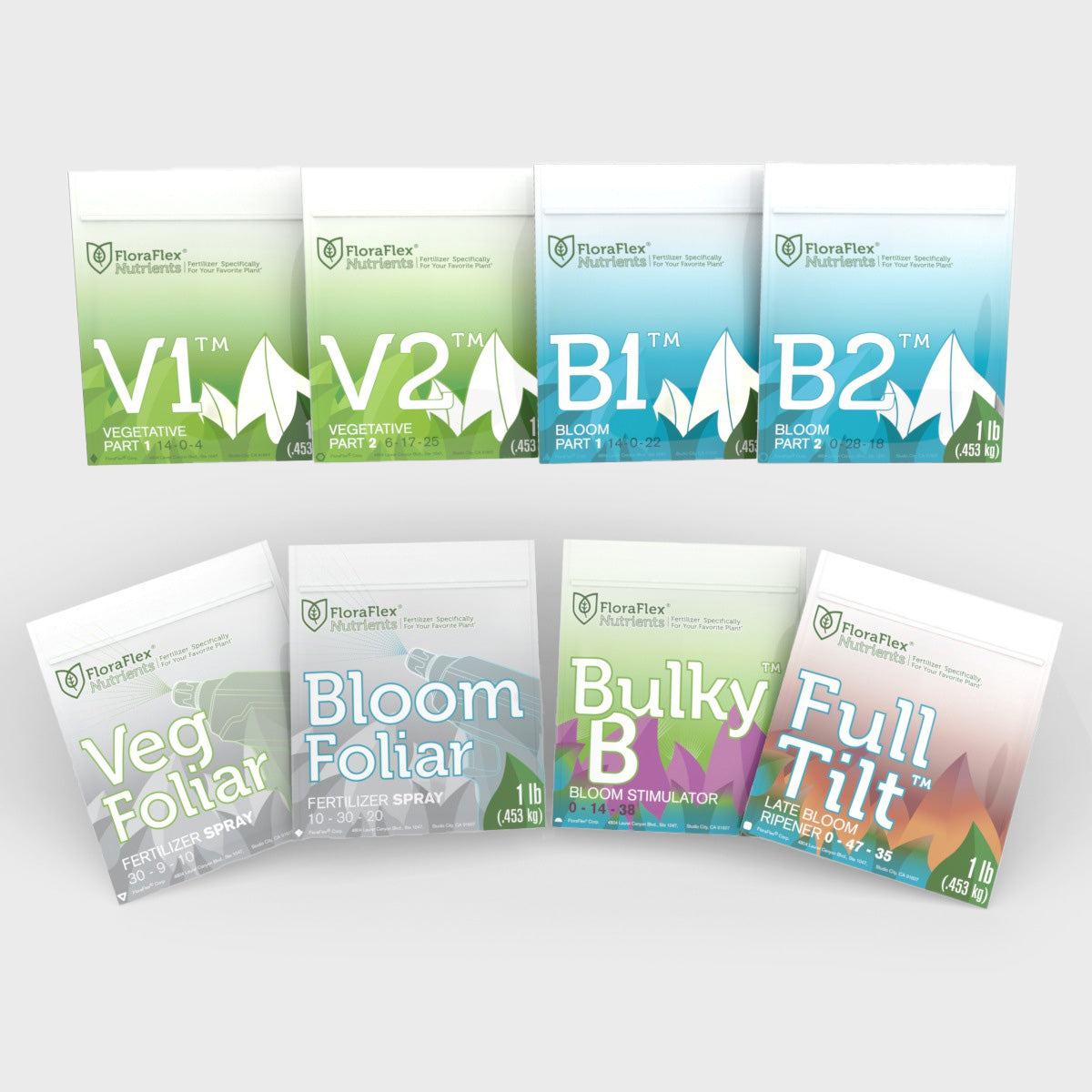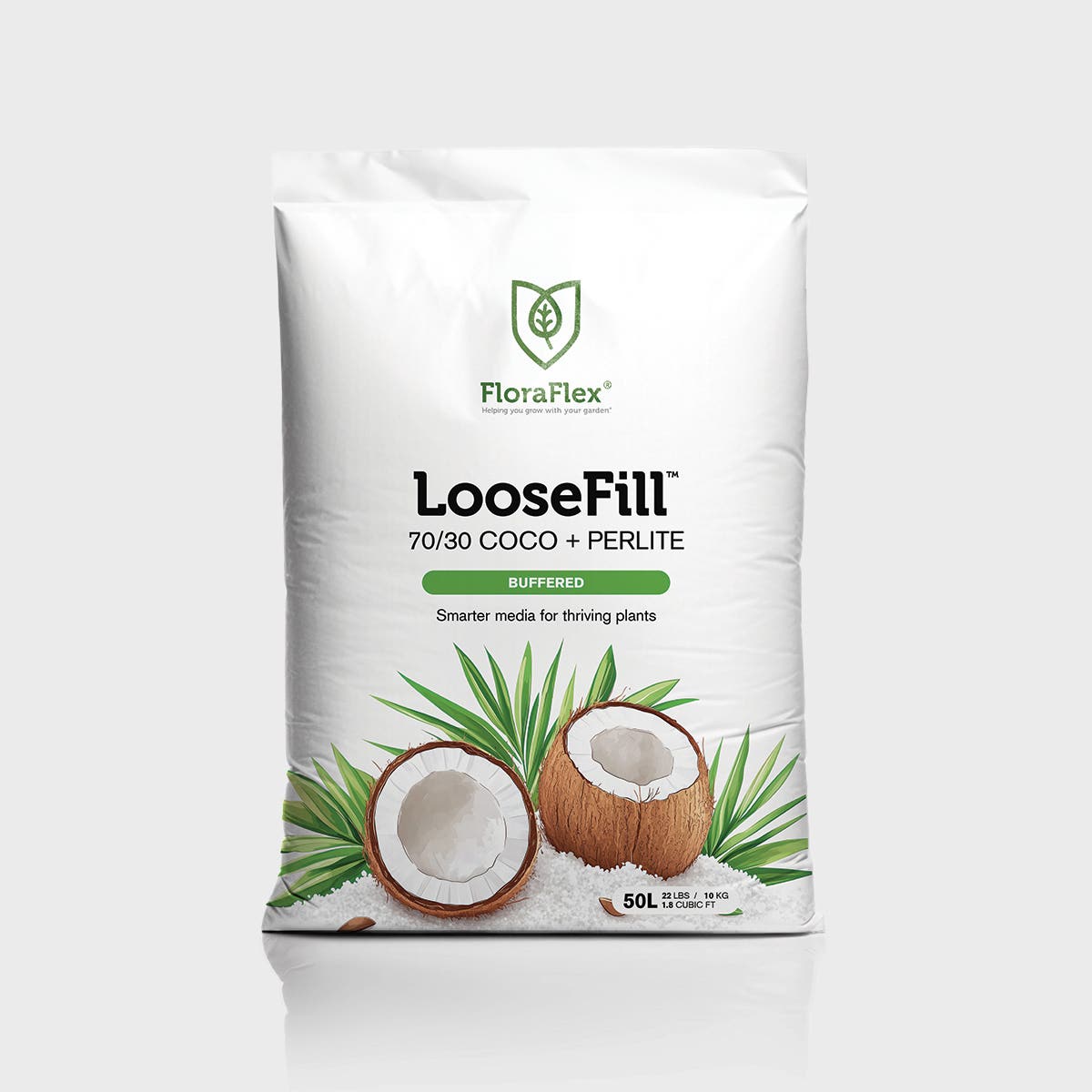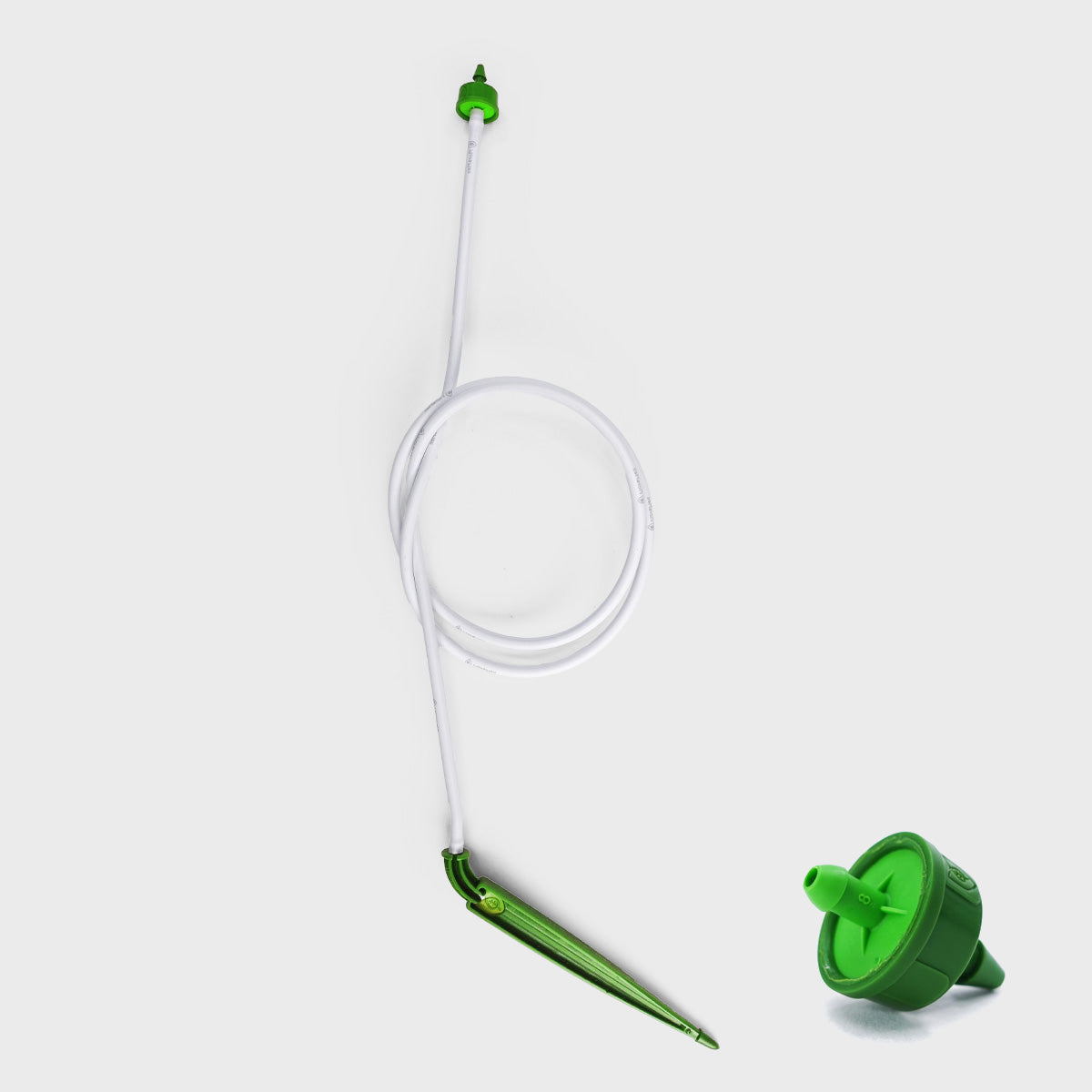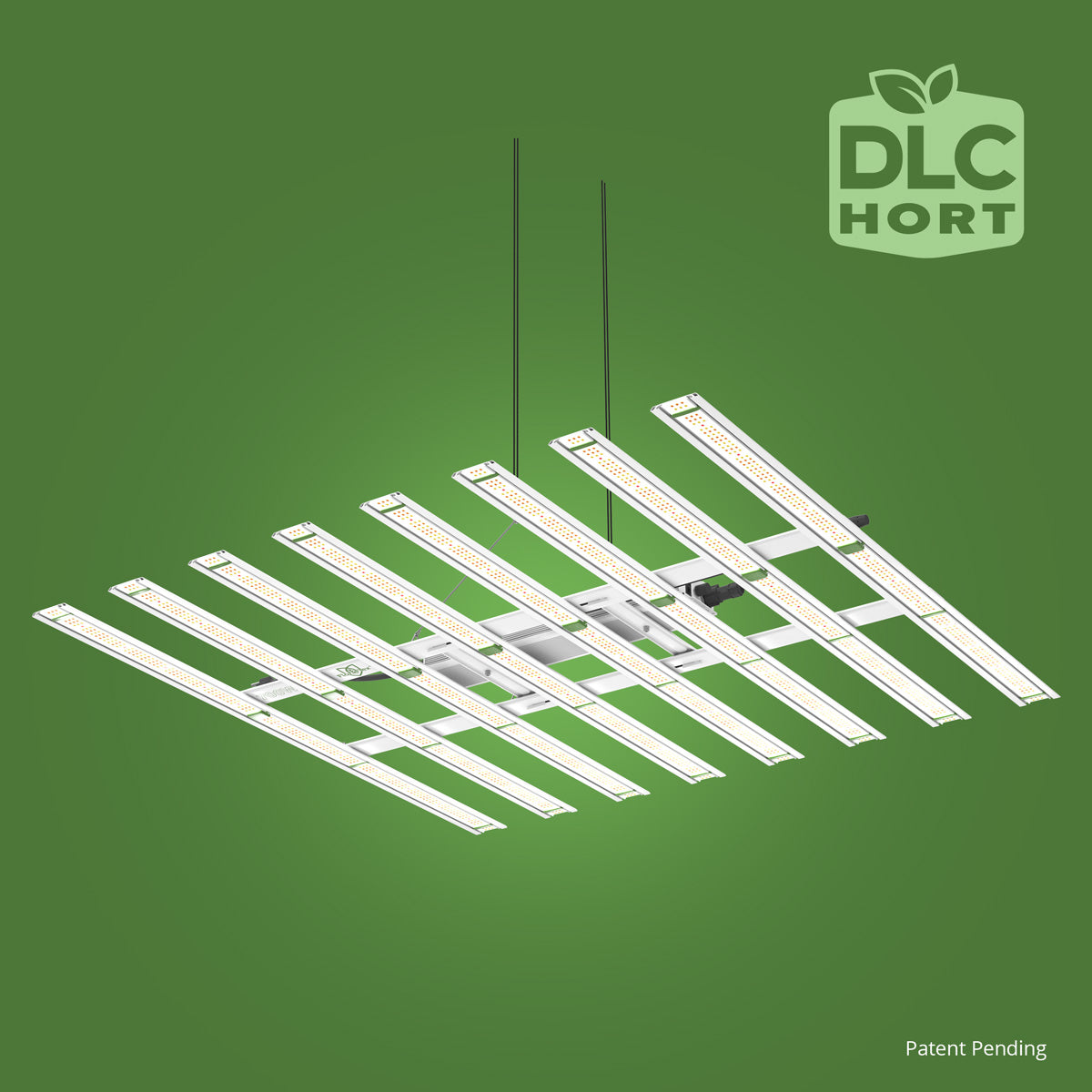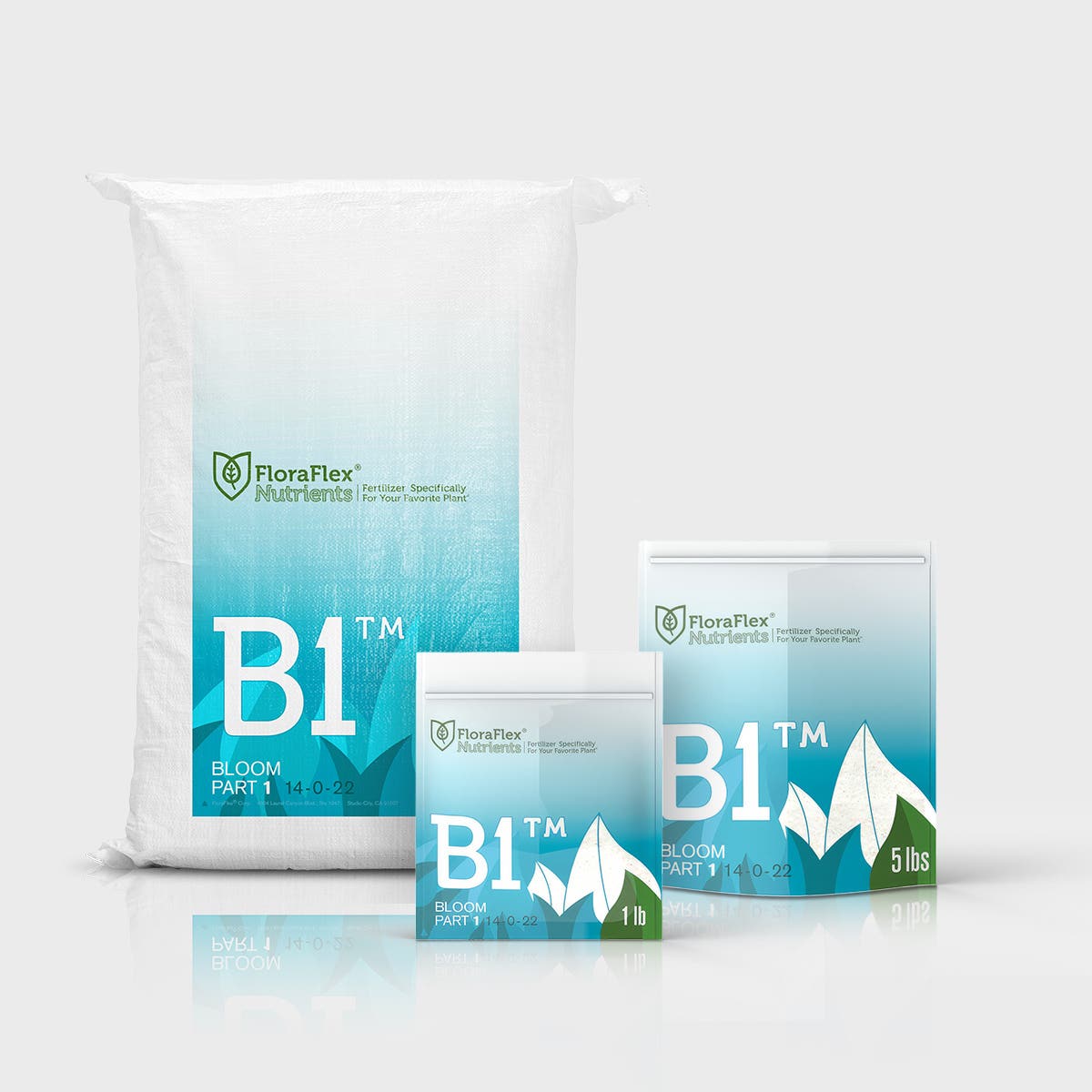The Vegetative Stage: Promoting Growth and Development
During the vegetative stage, cannabis plants focus on establishing a strong root system, developing a robust stem, and growing lush foliage. The primary goal is to promote vegetative growth and prepare the plants for the flowering stage. Managing light cycles during this stage is critical to support vigorous growth.
Light Requirements in the Vegetative Stage
During the vegetative stage, cannabis plants thrive with longer periods of light exposure. A common light cycle for the vegetative stage is 18 hours of light followed by 6 hours of darkness, mimicking long summer days. This extended light period provides plants with ample energy to develop healthy leaves, branches, and root systems.
Benefits of Proper Light Management in the Vegetative Stage
- Enhanced Growth: Longer light cycles promote photosynthesis and stimulate vegetative growth, resulting in taller plants with lush foliage.
- Faster Recovery: Adequate light exposure helps plants recover quickly from stress, such as transplanting or pruning, ensuring minimal growth interruptions.
- Uniform Development: Consistent light cycles promote uniform growth, minimizing the risk of leggy or unevenly developed plants.
The Flowering Stage: Triggering Bud Development
In the flowering stage, cannabis plants transition from focusing on vegetative growth to developing flowers and buds. Managing light cycles during this stage is crucial for initiating and maintaining the flowering process, ensuring optimal bud production.
Light Requirements in the Flowering Stage
During the flowering stage, cannabis plants require a different light cycle to trigger the transition. Most growers switch to a 12/12 light cycle, providing 12 hours of uninterrupted darkness followed by 12 hours of light. This light/dark ratio simulates the natural photoperiod of late summer and early fall, signaling the plants to start flowering.
Benefits of Proper Light Management in the Flowering Stage
- Flower Initiation: The 12/12 light cycle is essential for initiating the flowering process, encouraging the development of buds.
- Bud Growth: Consistent light cycles during the flowering stage promote the formation and growth of dense, resinous buds.
- Optimal Harvest Timing: Proper light management helps ensure the plants reach their full flowering potential, leading to higher quality yields and desired cannabinoid profiles.
Light Cycle Transitions
Transitioning from the vegetative stage to the flowering stage requires a shift in the light cycle. When ready to initiate flowering, adjust the light cycle from 18/6 to 12/12. It's important to make this transition gradually to avoid stressing the plants. Sudden changes in light cycles can disrupt the plants' growth and development.
Managing light cycles during the vegetative and flowering stages is crucial for successful cannabis cultivation. Providing the right light exposure at each stage promotes healthy growth, initiates flower development, and maximizes bud production. By understanding the specific light requirements and making smooth transitions between light cycles, growers can create an optimal environment for their cannabis plants, leading to bountiful yields and high-quality harvests.

